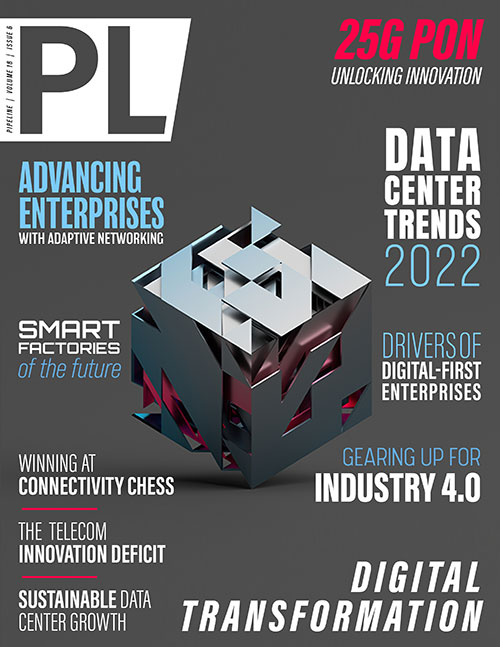The Drivers of Digital-First Enterprise Strategy
For example, in the case of the wide area network, only 19 percent of the enterprises polled were planning to undertake deployment in-house. A majority were keen on a managed service, or an as-a-service model.
Looking more closely at SD-WAN, 36 percent of respondents prioritize cloud and SaaS connectivity, 33 percent for both advanced security and remote worker support, and 32 percent an all-in fully managed service. In this context, for networking, almost three-quarters of those polled expect budgets to grow by 10 percent or more, including a quarter that expect it to grow by 25 percent or more. The same applies for security investment, with 72 percent expecting growth greater than 10 percent but 28 percent looking at 25 percent or more. These are strong growth projections.
Pervasive security and cloud-delivered converged architectures
With the distributed workforce, adoption of cloud and the onset of the anywhere worker, the old notion of perimeter security is no longer in vogue, and a pervasive security posture is required.
Looking at security challenges, securing the hybrid workplace is the top concern globally, identified as the top imperative by 46 percent, while staffing is also a major concern at 41 percent, speaking to the complexity of security implementations. Concerns also included Shadow IT at 35 percent and a disjointed view at 33 percent of our respondents.
Investments are going into making the architecture converged (and thereby simpler), giving birth to new constructs like Secure Access Service Edge (SASE) by Gartner. This also lends itself to unified policy development. Looking at SASE alone, 21 percent see it as a solution for effective security coverage across both on-premises and remote, 18 percent like its modular and ‘single-pass’ architecture, and 17 percent look to it for consistent and simplified policy management. While investments are growing here, there are still concerns among enterprises: 40 percent see challenges with complexity, 39 percent with a single-vendor mindset, and 33 percent with having to develop a migration strategy. Making architectural changes is never easy, particularly with sunk costs in legacy and operational models.
Fostering a digital-first culture
Eventually, any digital transformation initiative succeeds based on the culture within an organization—how it innovates, how it works together with ecosystem partners and what kind of a customer experience it delivers.
Any enterprise undertaking digital transformation would need to evaluate its internal workflows, employee motivations, and incentivization structure—and make this a top-down activity with a clear mandate. As workers return to the office, post-pandemic, or choose to work in a hybrid model, most organizations, regardless of industry, will thrive if they’ve adopted a digital-first attitude.
This is where the CEOs of the organization must step in and drive a digital-first culture and set the foundation for success, functioning as change agents as well as internal and external evangelists. Microsoft CEO Satya Nadella has done this successfully in pivoting the organization internally and is now at the forefront of driving change for other organizations with Microsoft’s portfolio, tapping into the convergence of cloud, mobility and digitization.



















